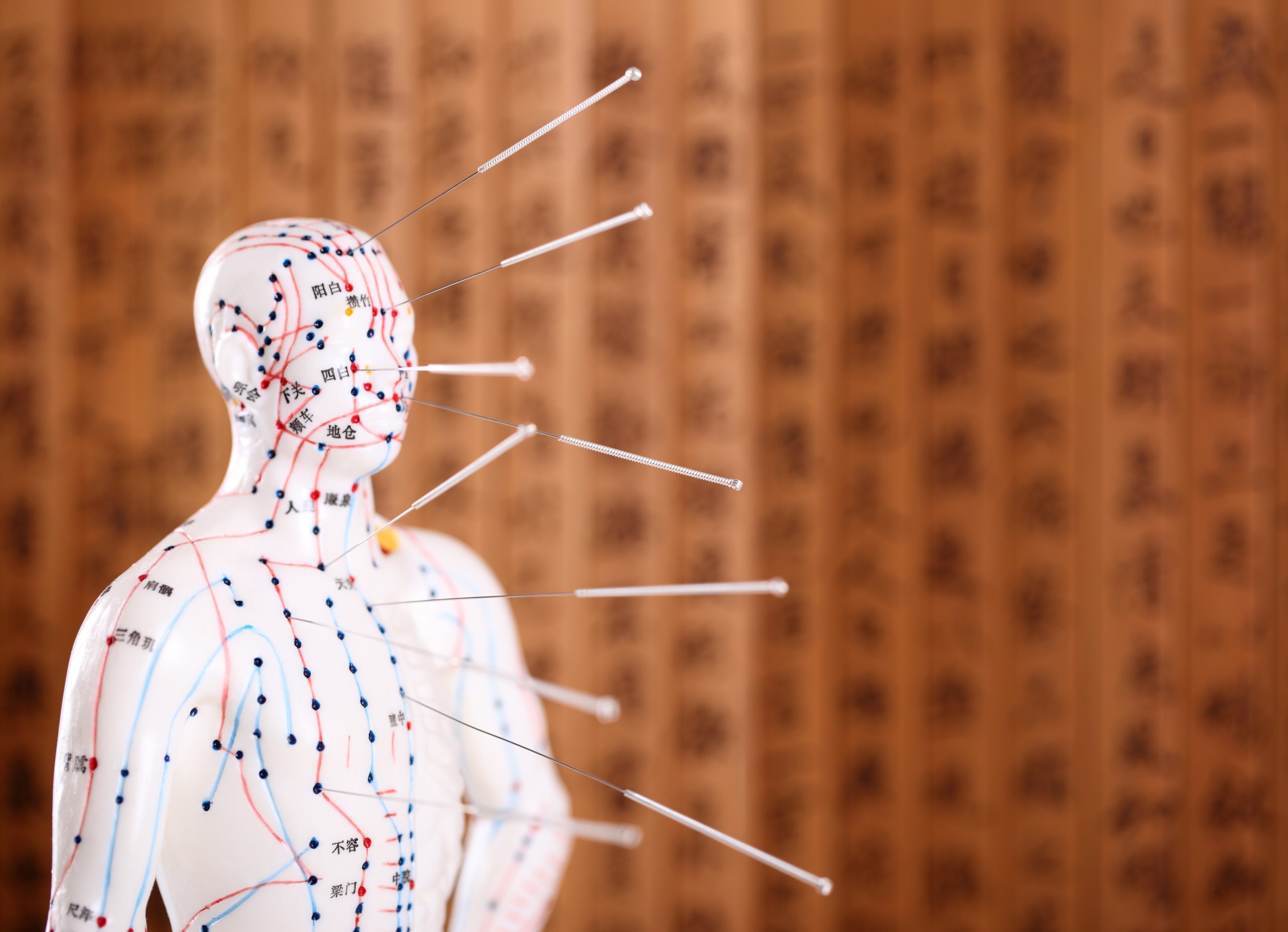For centuries, acupuncture has been a key pillar of traditional Chinese medicine. The core idea is simple, yet mysterious: by inserting fine needles at specific points on the body, a practitioner can influence a person’s energy and health. But how does acupuncture work from a modern scientific point of view? Let us delve into the mechanisms that underlie this ancient practice and understand its efficacy in the modern world.
The Basics of Acupuncture
Acupuncture is basically inserting very thin needles into particular points on the body. These points were traditionally believed to correspond to meridians or channels that carry qi (life force energy). Disturbances in this flow are said to cause disease, and by stimulating these points, balance is restored.
From a Western medical perspective, however, the concept of qi does not have a direct counterpart. Instead, the effects of acupuncture are thought to arise from various physiological responses.
Neural Pathways and the Nervous System
One of the most researched explanations for how acupuncture works scientifically revolves around the nervous system. The body contains numerous nerve endings and pathways, many of which converge or are located near traditional acupuncture points. When these points are stimulated by a needle, it is believed to send signals to the brain.
This neural response can lead to the release of certain neurotransmitters and hormones. One of the most notable of these is endorphins – the body’s natural painkillers. This could explain how does acupuncture work to relieve pain in many patients.
Blood Flow and Oxygenation
Research has shown that stimulating acupuncture points can lead to increased blood flow in the local area. With increased blood flow comes a boost in oxygen and nutrients to tissues, facilitating healing and reducing inflammation. Moreover, enhanced blood flow might help in removing waste products and toxins from the area, further promoting recovery.
The Gate Control Theory of Pain
Another theory on how acupuncture provides pain relief involves the “gate control theory.” This concept suggests that the nervous system can only handle a limited amount of information at once. When acupuncture stimulates certain nerve fibers, these signals “compete” with pain signals. If the acupuncture signals are stronger, they might effectively “close the gate” on pain signals, preventing them from reaching the brain.
Modulating the Body’s Response
Acupuncture can modulate the body’s immune and anti-inflammatory responses. By influencing the release of various immune system chemicals and promoting the release of vascular and immune-mediating factors, acupuncture might help in reducing inflammation and enhancing the body’s natural defense mechanisms.
Acupuncture vs. Other Techniques
While acupuncture is a well-respected practice with millennia of history behind it, other techniques such as dry needling and acupressure and massage have also gained popularity. Dry needling, for example, focuses more on targeting myofascial trigger points to release muscle tension, while acupressure and massage utilize manual pressure and manipulation to stimulate points and promote healing. Each has its benefits and mechanisms, often rooted in both traditional understanding and contemporary scientific research.
Caveats and Considerations
While numerous studies and anecdotal evidence support acupuncture’s effectiveness, it is essential to understand that individual experiences can vary. What works wonders for one person might be less effective for another. Furthermore, while our understanding of how does acupuncture work scientifically has grown, some of its mechanisms remain elusive or not entirely understood. Always consult with a trained professional before undergoing any form of therapy or treatment.
Acupuncture, an age-old practice, has found its footing in the realm of modern medicine. As we continue to unravel its scientific mechanisms, its integration into holistic and western therapeutic approaches seems promising. For those exploring pain relief or other therapeutic interventions, understanding the underlying principles of acupuncture can provide clarity and confidence in choosing a path to well-being.

